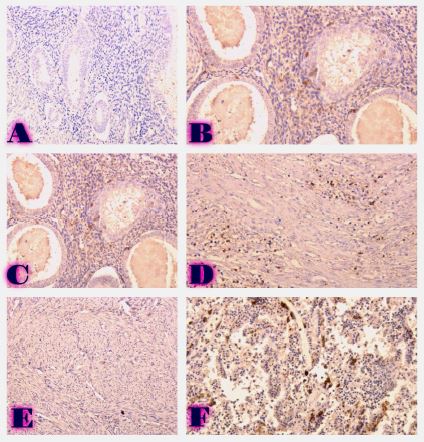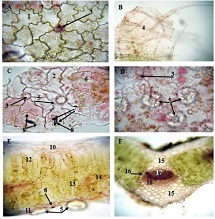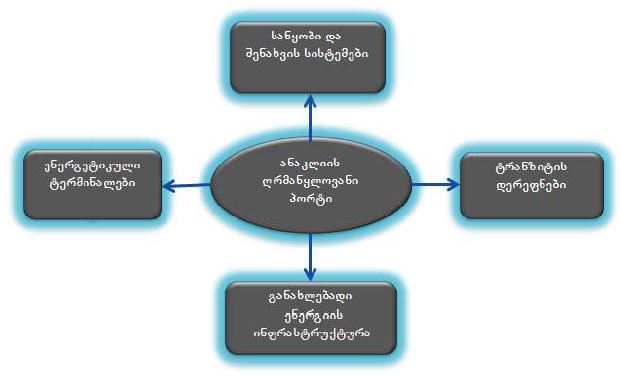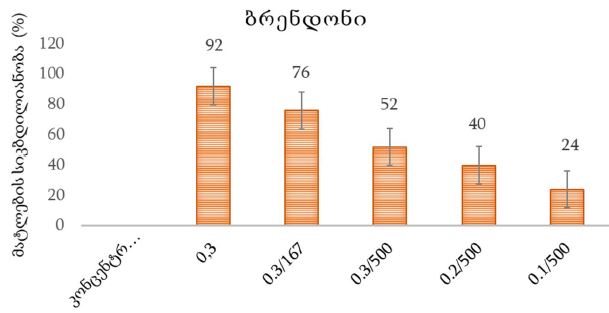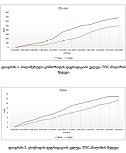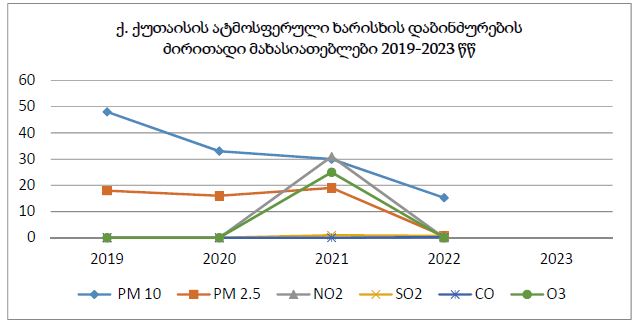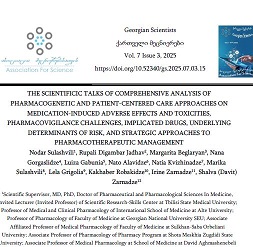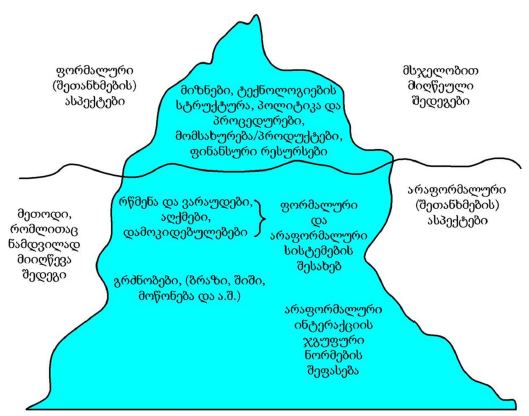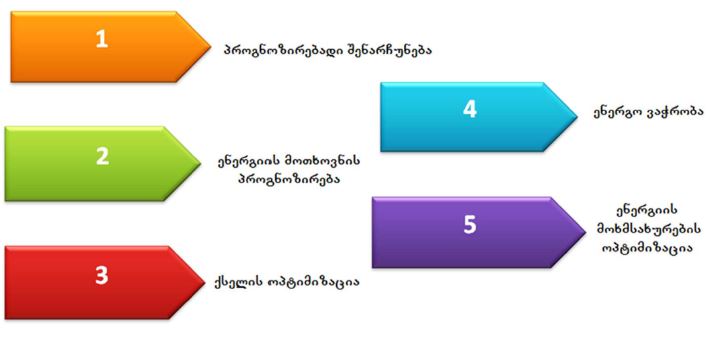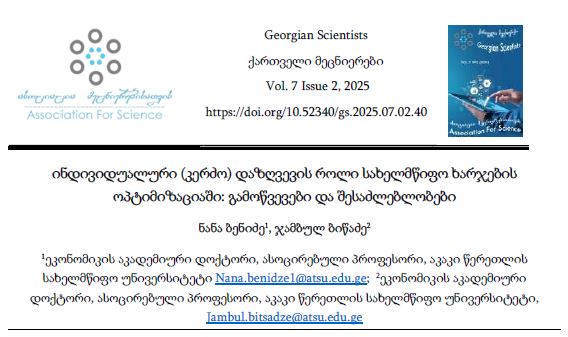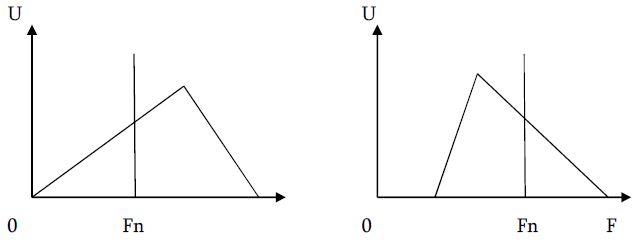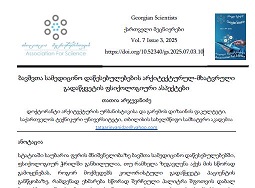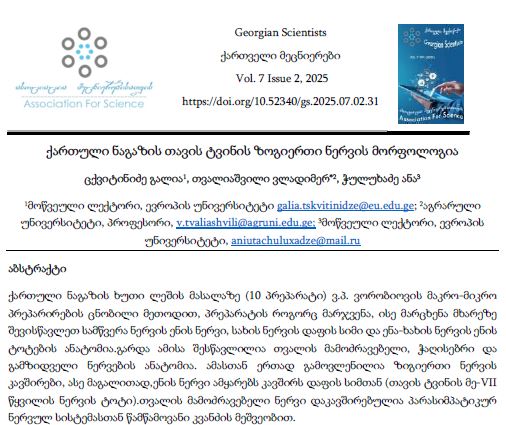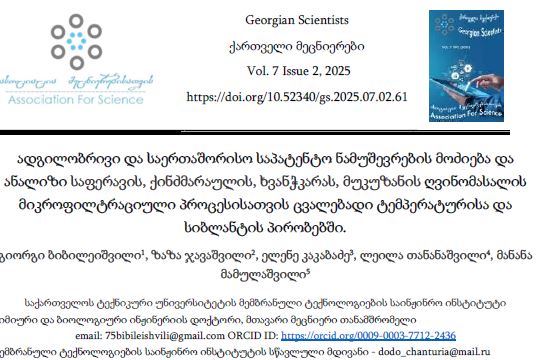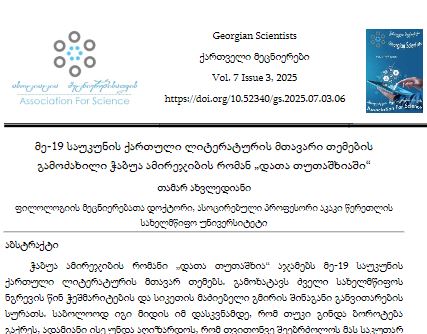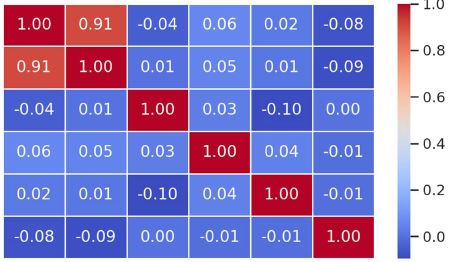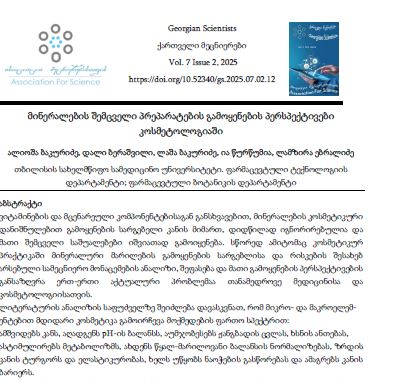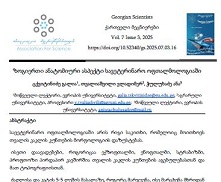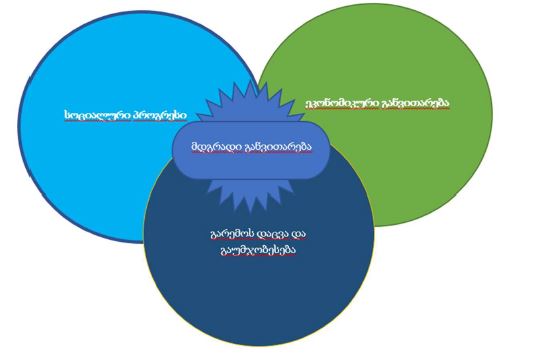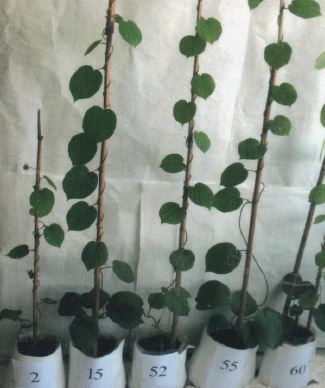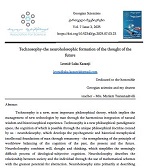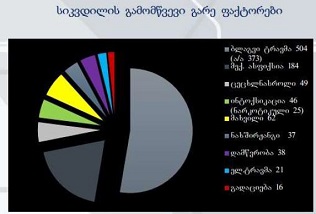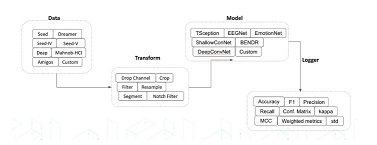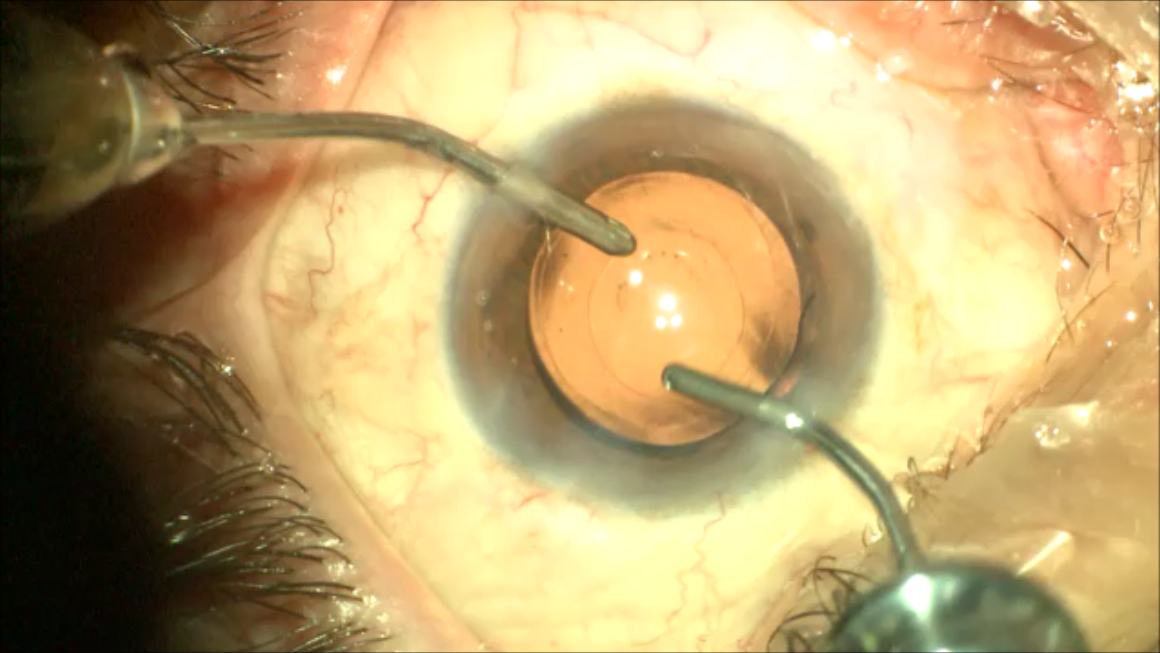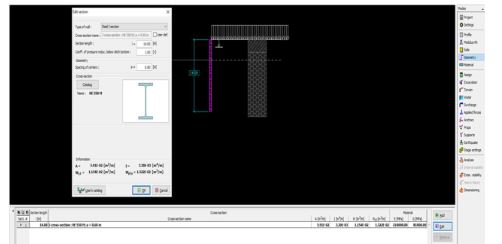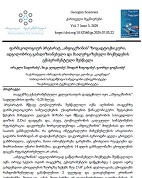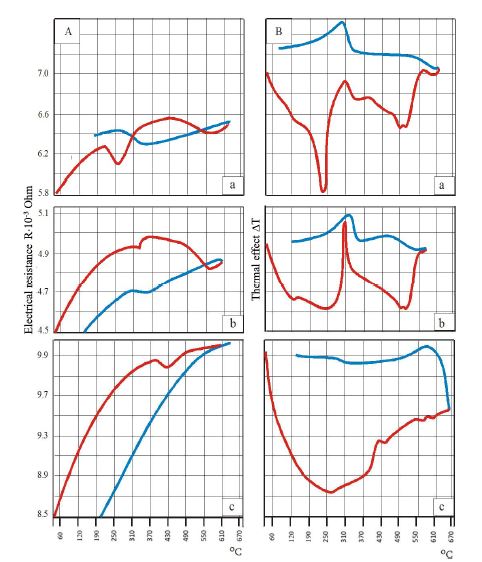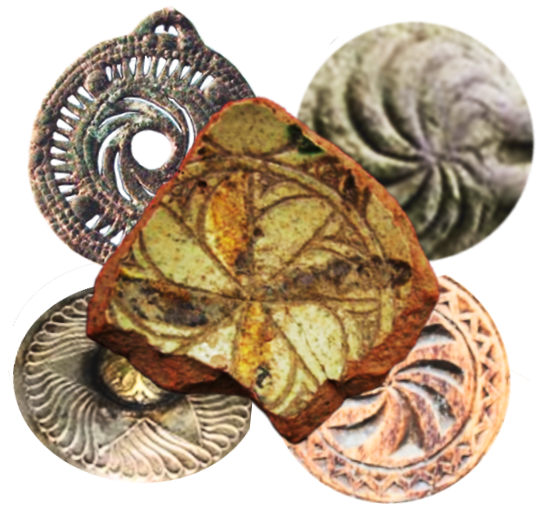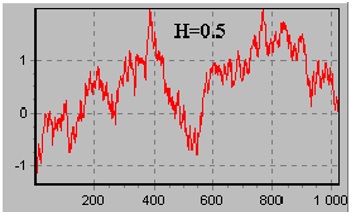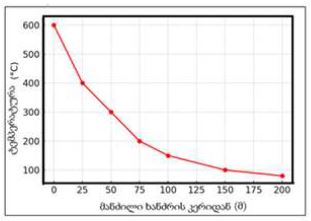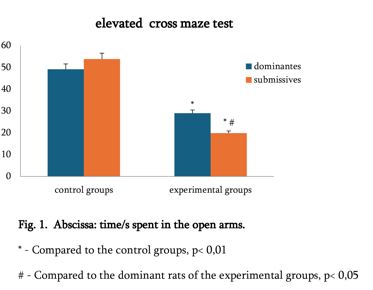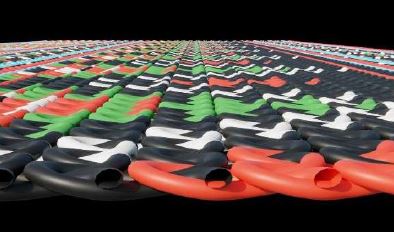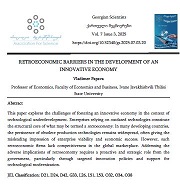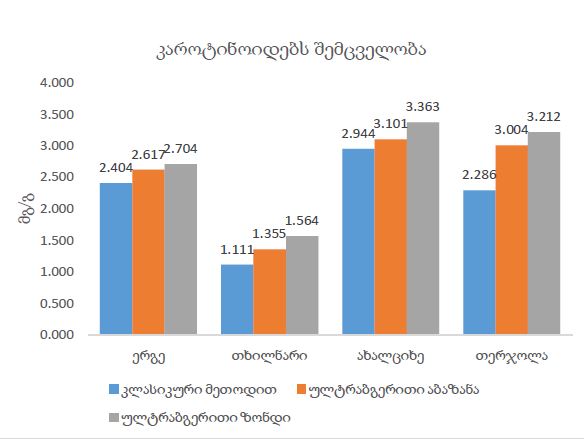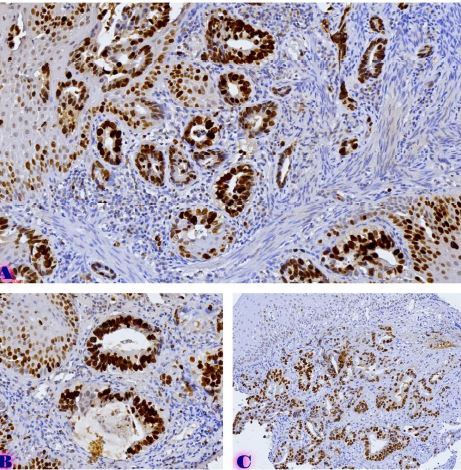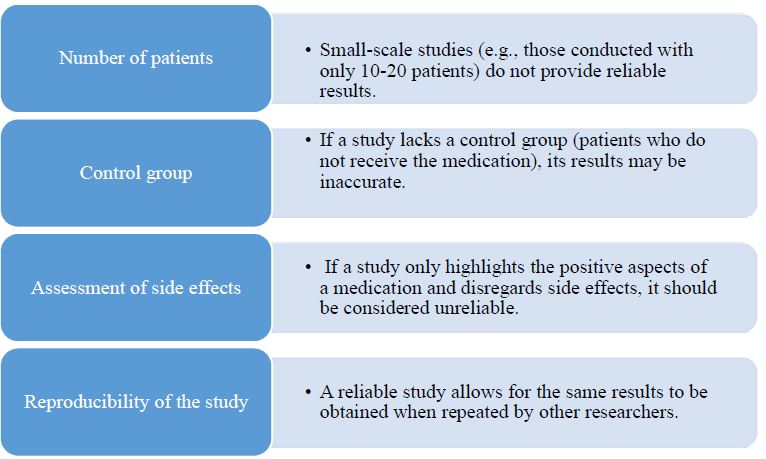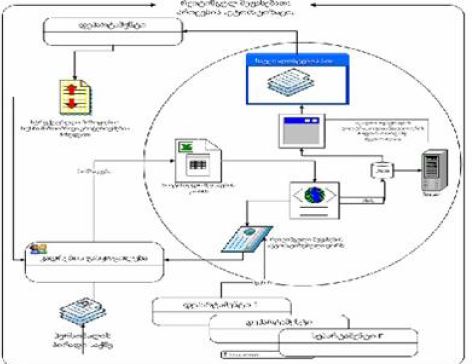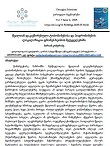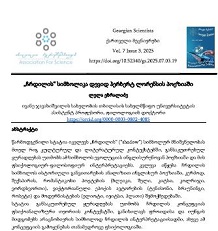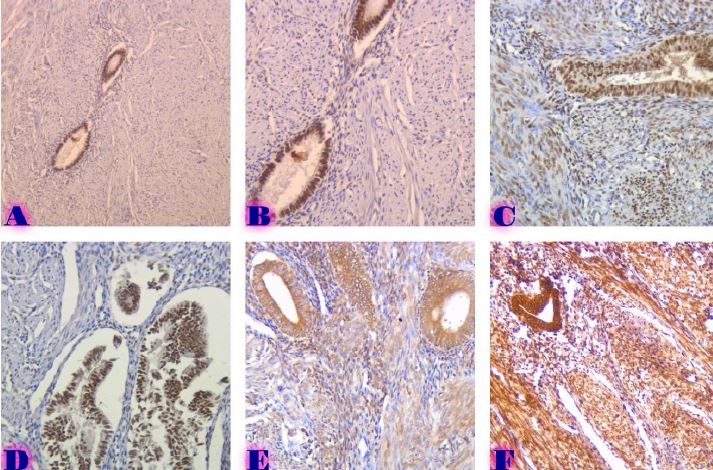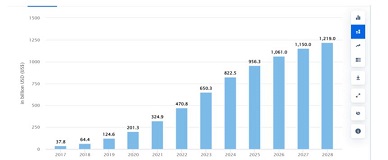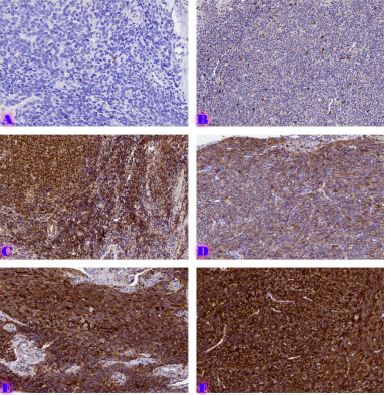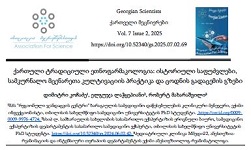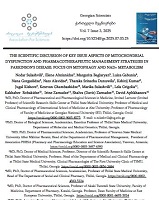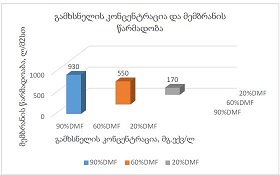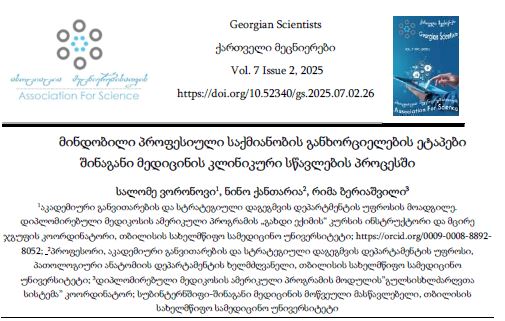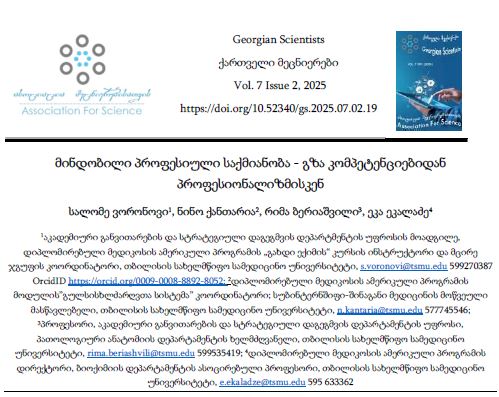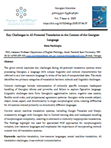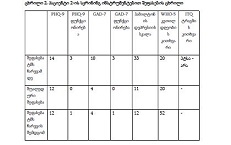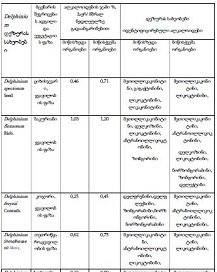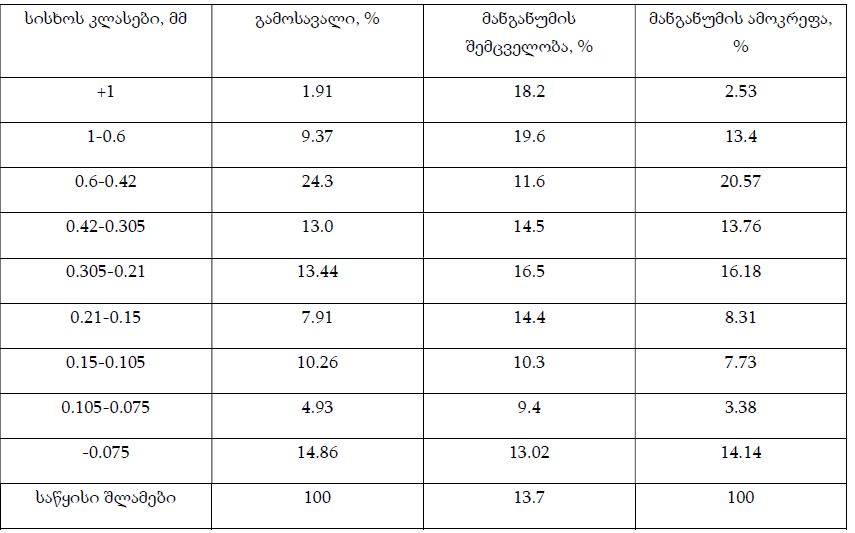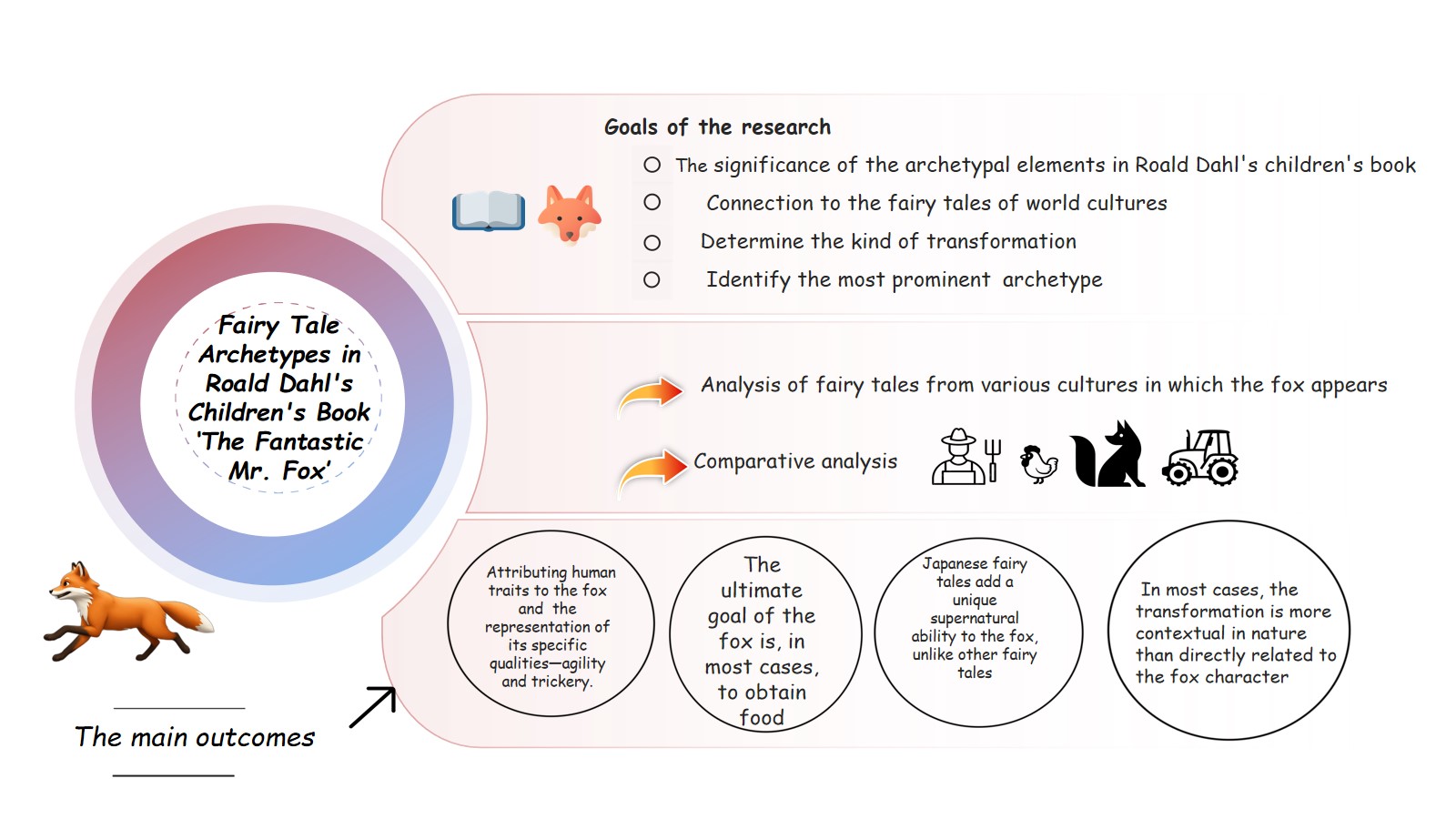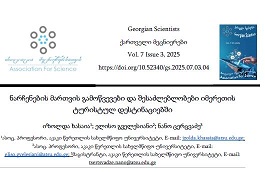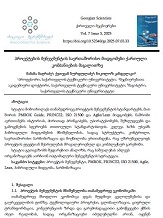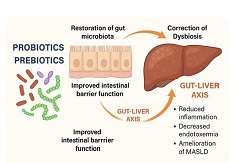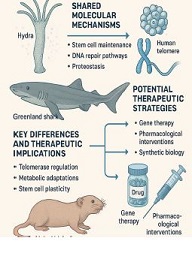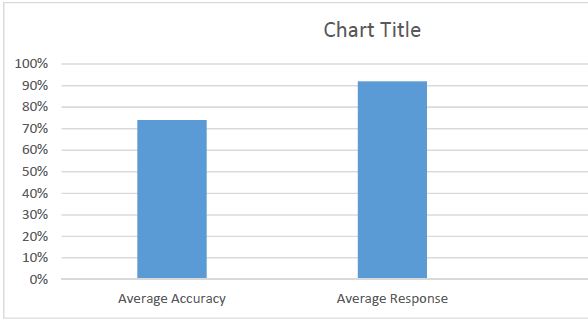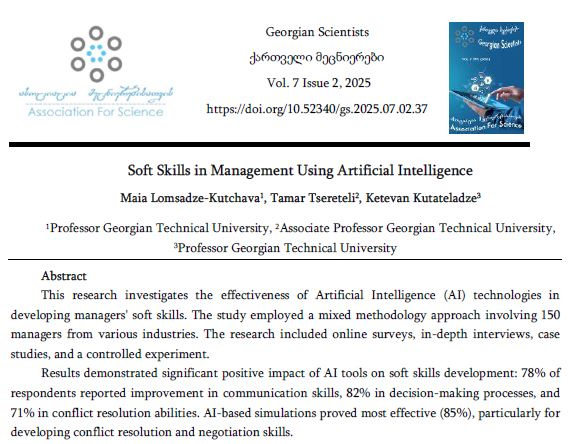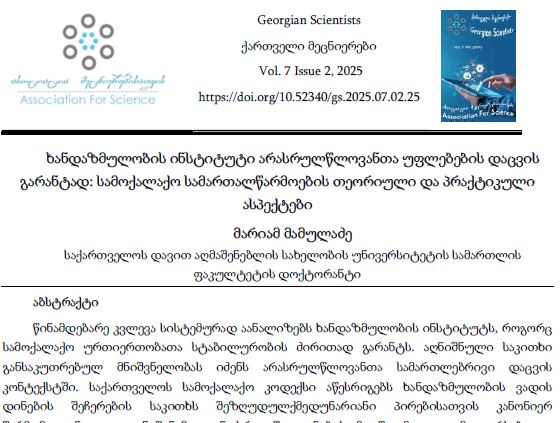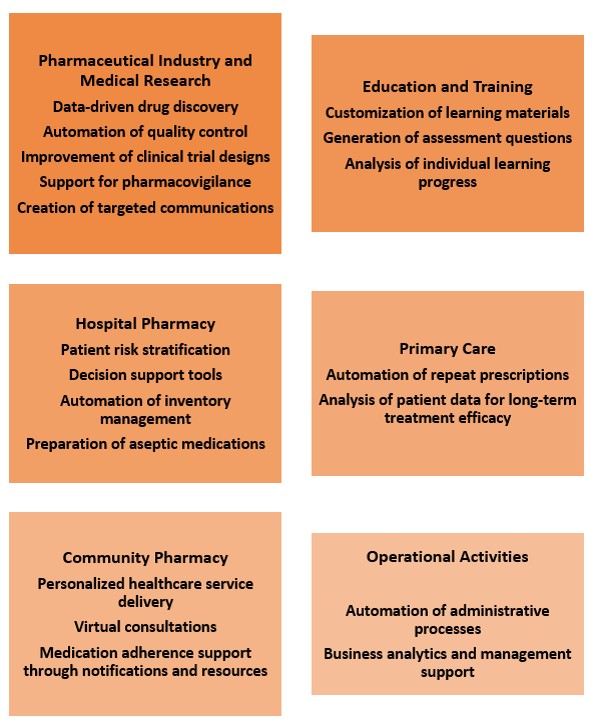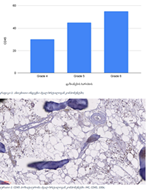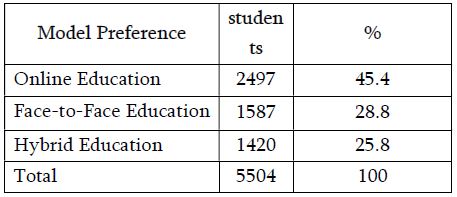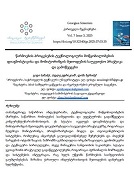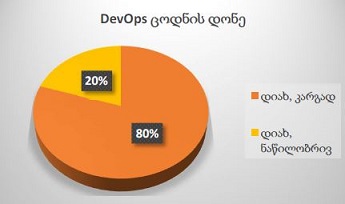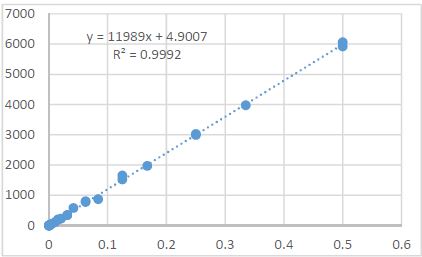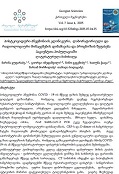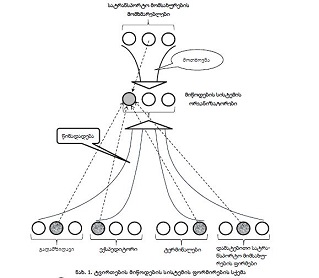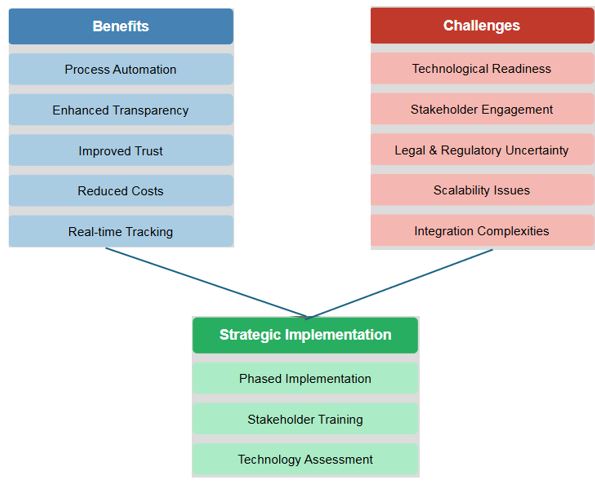Pemphigus vulgaris: a clinical case Report
Downloads
Pemphigus vulgaris is a disease belonging to the group of rare severe autoimmune bullous dermatoses, characterized by the formation of various painful morphological skin elements on the skin and mucous membrane. In this article, we discuss the case of a 32-year-old woman, who developed a rash in different parts of her body one and a half months after her third delivery, in particular in the back area, from where it spread to the whole body. The case is interesting both theoretically and practically. From the described case, it is worth noting that in the anamnesis of the patient, a few days after giving birth, the development of rashes on the skin and in the oral cavity, difficulty and discomfort while swallowing. Though treatment was carried out by the dermatologist, the process progressed, the condition worsened, the intensity and severity of the rash increased. The rash appeared on the skin first in the back area, from where it spread to the whole body. Patient applied to our clinic for diagnosis and treatment. Multiple bullae, vesicles, erosions, ulcers-hyperemic head with serous hemorrhagic crusts in the center are detected on the background of diffusely unchanged skin on the whole body and on the mucous membrane of the oral cavity. She is constantly under the constant monitoring of a therapist, endocrinologist and dermatologist. No recurrence was observed for several months. The patient is on a maintenance dose of Metipred 8 mg. It is difficult to talk about long-term results, the disease progressed in a difficult way, currently remission has been achieved. There is no place for additional complications.
Downloads
Amagai M. Pemphigus. In: Bolognia JL, Schaffer JV, Cerroni L. Dermatology. 4th ed. New York: Elsevier; 2018. p. 494-509.
Celere BS, Vernal S, Brochado MJF, Segura-Muñoz SI, Roselino AM. Geographical foci and epidemiological changes of pemphigus vulgaris in four decades in Southeastern Brazil. Int J Dermatol. 2017;56:1494-6.
Kridin K, Zelber-Sagi S, Khamaisi M, Cohen AD, Bergman R. Remarkable differences in the epidemiology of pemphigus among two ethnic populations in the same geographic region. J Am Acad Dermatol. 2016;75:925-30.
Mahoney, M.G., Wang, Z., Rothenberger, K., Koch, P.J., Amagai, M. and Stanley, J.R., 1999. Explanations for the clinical and microscopic localization of lesions in pemphigus foliaceus and vulgaris. The Journal of clinical investigation, 103(4), pp.461-468.
Malik AM, Tupchong S, Huang S, Are A, Hsu S, Motaparthi K. An Updated Review of Pem-phigus Diseases. Medicina (Kaunas). 2021 Oct 9;57(10):1080. doi: 10.3390/medicina57101080. PMID: 34684117; PMCID: PMC8540565.
Melchionda V, Harman KE. Pemphigus vulgaris and pemphigus foliaceus: an overview of the clinical presentation, investigations and management. Clin Exp Dermatol. 2019 Oct;44(7):740-746. doi: 10.1111/ced.14041. Epub 2019 Aug 4. PMID: 31378971.
Payne AS, Stanley JR. Pemphigus. In: Goldsmith LA, Katz SI, Gilchrest BA, et al., editors. Fitzpatrick’s Dermatology in General Medicine. New York: McGraw-Hill; 2012. p. 586–99.
Copyright (c) 2023 GEORGIAN SCIENTISTS

This work is licensed under a Creative Commons Attribution-NonCommercial-NoDerivatives 4.0 International License.






